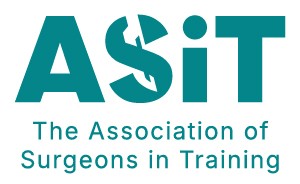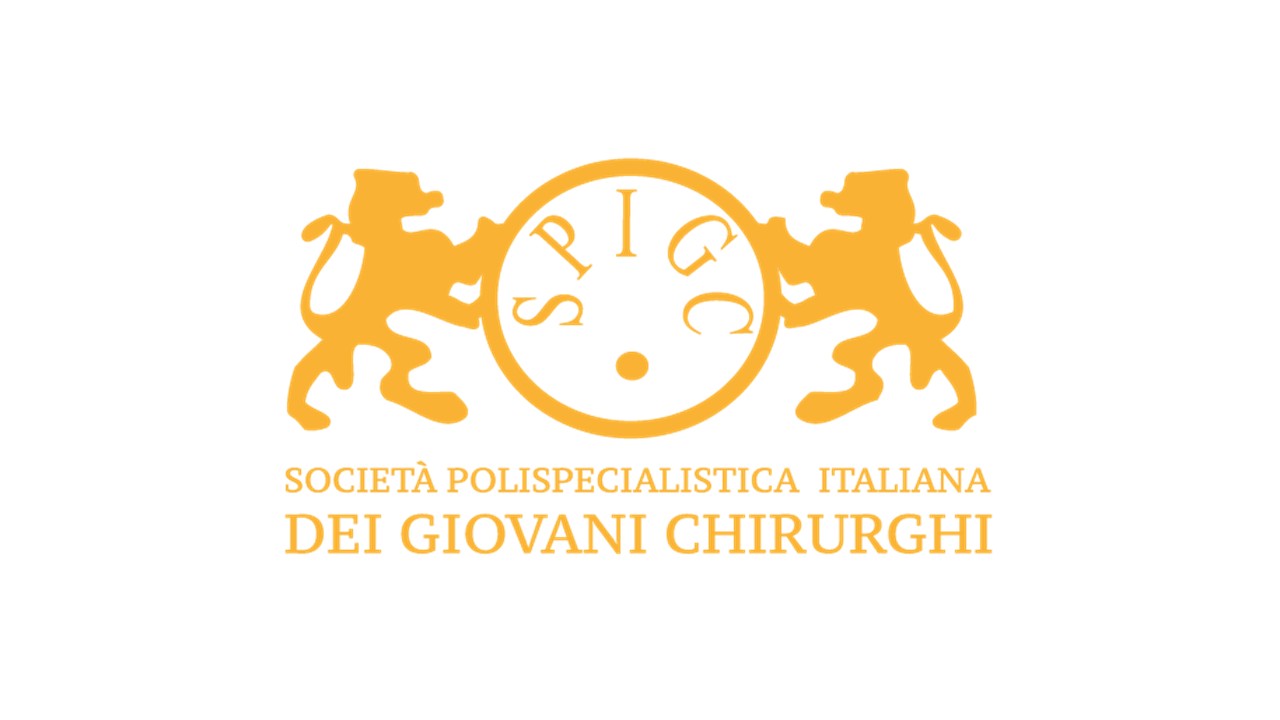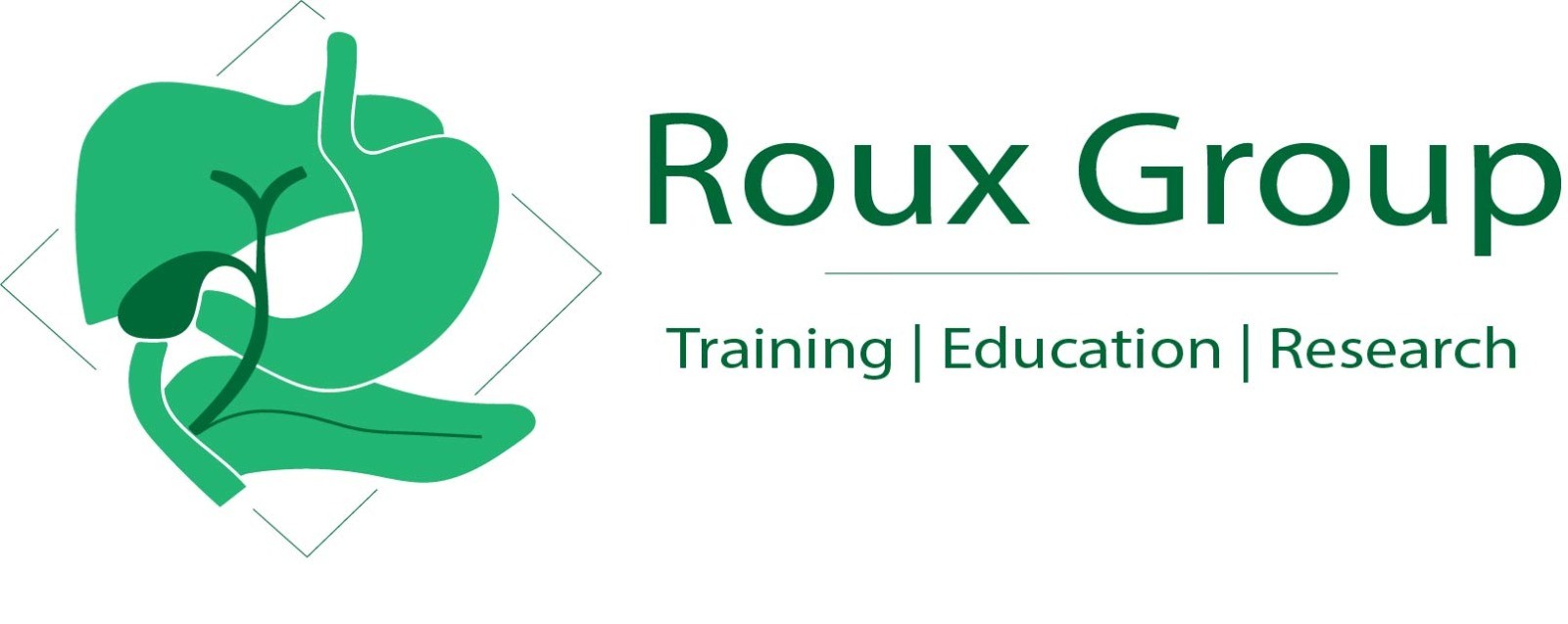BJS Academy>Cutting edge blog>Missing the split? R...
Missing the split? Reconsidering the scope of biliary complications in the classification proposed at the BileducTx meeting
Juri Fuchs, MD
Department of General, Visceral, Pediatric and Transplantation Surgery, University of Heidelberg; Department of Pediatric Surgery, Hôpital Kremlin-Bicêtre, APHP, University of Paris-Saclay
Florent Guerin, MD, PhD
Department of Pediatric Surgery, Hôpital Kremlin-Bicêtre, APHP, University of Paris-Saclay
Geraldine Hery, MD
Department of Pediatric Surgery, Hôpital Kremlin-Bicêtre, APHP, University of Paris-Saclay
Virginie Fouquet, MD
Department of Pediatric Surgery, Hôpital Kremlin-Bicêtre, APHP, University of Paris-Saclay
Sophie Branchereau, MD, PhD
Department of Pediatric Surgery, Hôpital Kremlin-Bicêtre, APHP, University of Paris-Saclay
Related articles
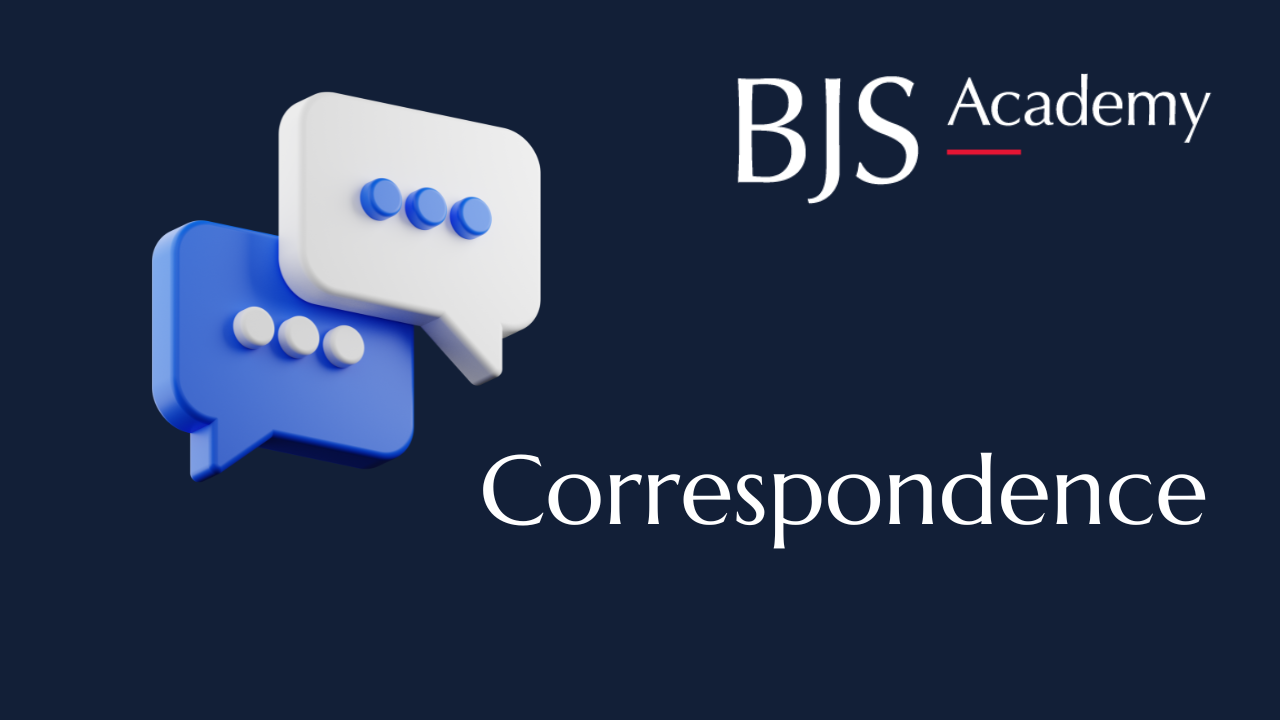
Author response: Missing the split? Reconsidering the scope of biliary complications in the classification proposed at the BileducTx meeting
Hannah Esser, Iris de Jong, Floris M Roos, Robert J Porte, Stefan Schneeberger
Correspondence to: Stefan Schneeberger (e-mail: stefan.schneeberger@i-med.ac.at)
Department of Visceral
Transplant and Thoracic Surgery

Guest blog: Risks for donors associated with living kidney donation: meta-analysis
Maria Irene Bellini, Department of Surgical Sciences, Sapienza University of Rome, Italy
Living kidney donation (LKD) offers the best treatment for people suffering from end stage renal disease (ESRD)1.
Worldwide, the majority of transplanted kidneys come from deceased donors. This generous act is commendable, especially because it often arises from a very difficult situation for the patient’s family, for example after sudden death. However, living donation is considered truly altrustic, i.e. giving for another’s benefit. Research shows that LKD offers numerous advantages to the recipient, namely pre-emptive transplantation, with the possibility to plan the surgery in advance and less immunological and ischaemic insults, since the retrieved organ often comes from the same hospital and/or a well-matched donor. LKD is the ideal option for patients with complicated histories, such as repeated kidney transplant recipients2.
It is paramount to preserve a living donor’s health, remembering the Hippocratic principle of “First do not harm”. In the present systematic review3, we meta-analysed the risks, stratifying outcomes of interest in relation to donor demographic characteristics, to offer a valuable tool for health care staff involved with prospective donor candidates and managing their long-term follow up. Our approach aimed to shed a light on the evidence, in the context of Diversity and Inclusion, assessing each candidate on the basis of his/her personal demographic characteristics. These included ethnicity, body mass index (BMI), age, and sex. We looked at kidney function, expressed as estimated glomerular filtration rate (eGFR) adjusted for body surface area, incidence of ESRD, serum creatinine level at one year, donor survival, incidence of proteinuria, de novo hypertension, and surgical complications.
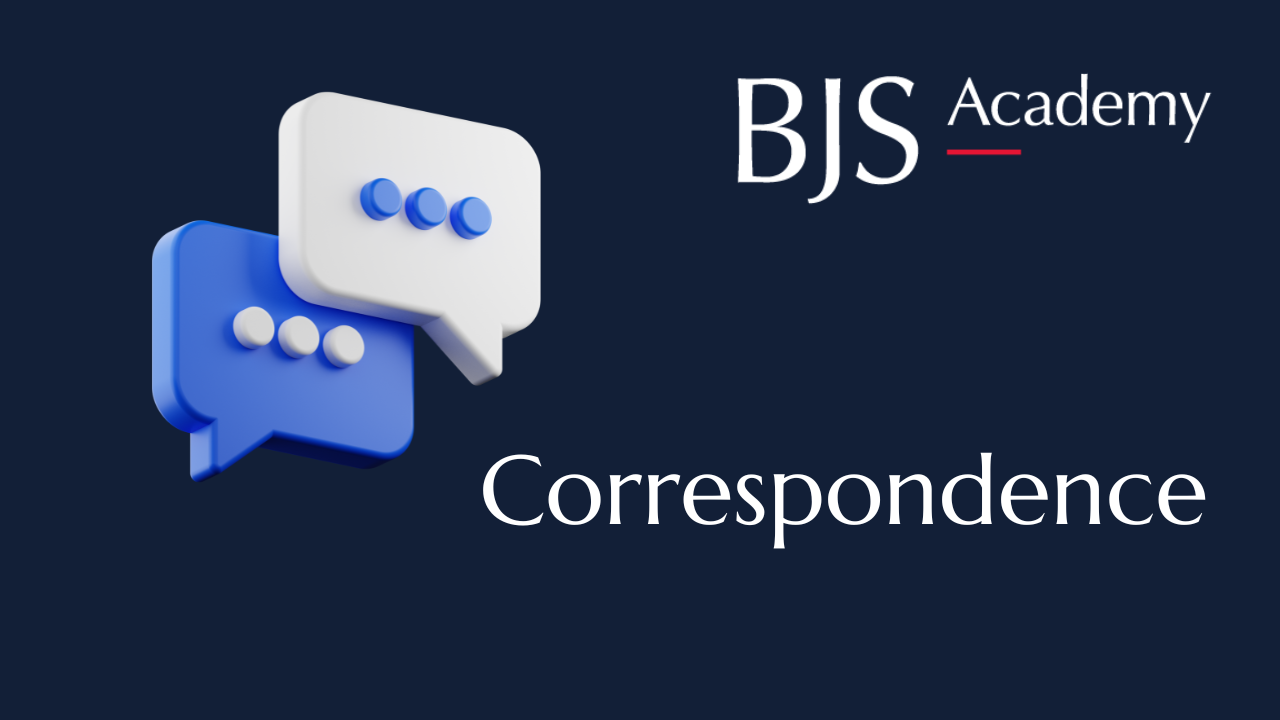
Re-evaluating enoxaparin for thromboprophylaxis in liver transplantation: a closer look
Dipesh Kumar Yadav, MD, PhD, Yiren Hu, MD, PhD
*Corresponding author: Yiren Hu (email: yirenhu@hotmail.com)
Department of General Surgery
The Third Clinical Institute Affiliated to Wenzhou Medical University
Copied!
Connect

Copyright © 2026 River Valley Technologies Limited. All rights reserved.








.jpg)
